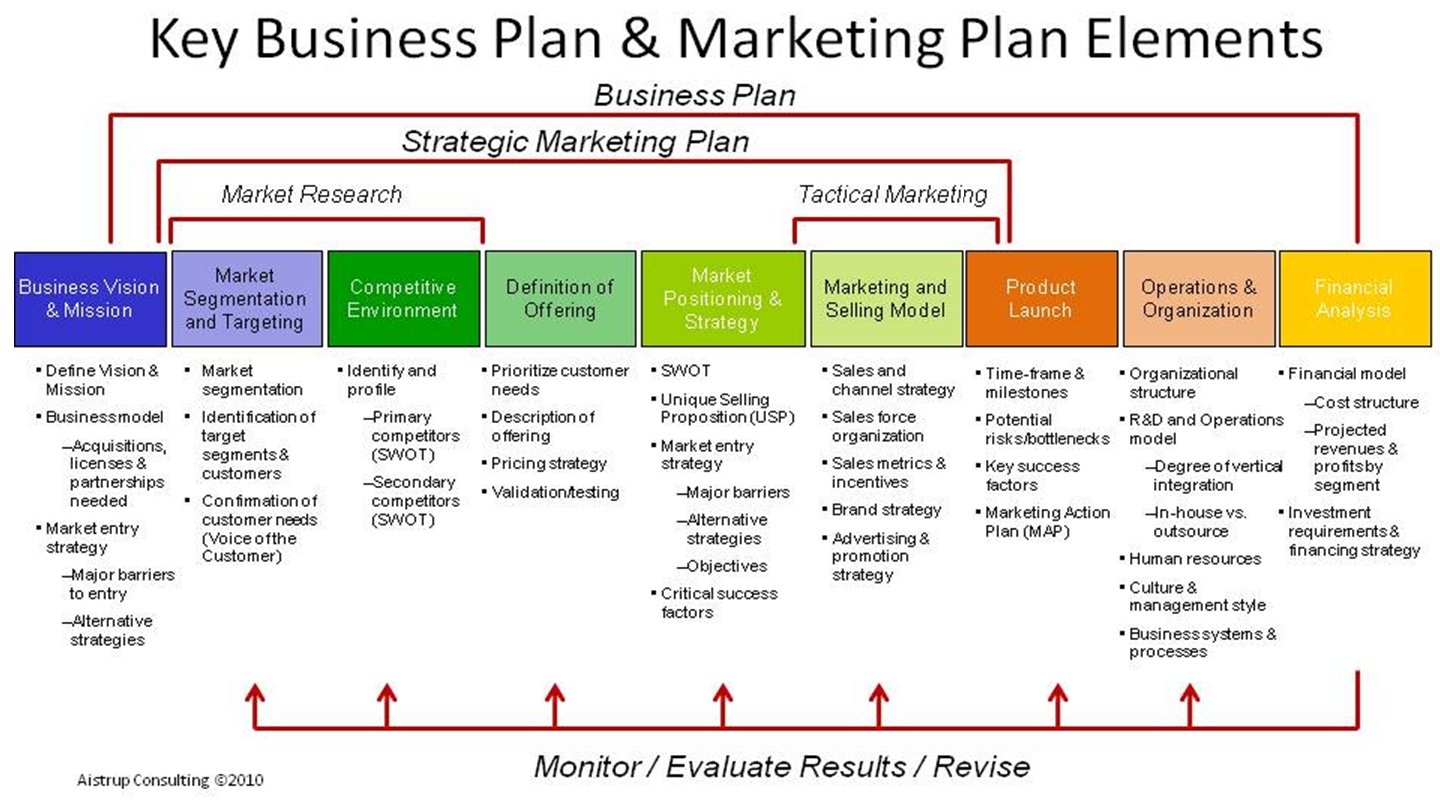When starting a new business, having a well-thought-out business plan is crucial for success. A business plan serves as a roadmap for your company, outlining your goals, strategies, and financial projections. It also helps you attract investors and secure funding.
Creating a business plan can seem overwhelming, but with the right template, it can be a manageable task. By breaking down the process into sections, you can effectively communicate your vision and strategy to stakeholders.
Key Sections of a Business Plan:
1. Executive Summary: This section provides an overview of your business, including your mission statement, goals, and key highlights. It should grab the reader’s attention and give a snapshot of what your company is all about.
2. Company Description: Here, you will delve deeper into your business, discussing your industry, target market, and competitive advantage. This section helps investors understand the unique value proposition of your company.
3. Market Analysis: Conduct research on your industry and target market to identify trends, opportunities, and potential challenges. Understanding the market landscape is essential for developing a successful business strategy.
4. Marketing and Sales Strategy: Outline how you plan to promote and sell your products or services. This section should cover your pricing strategy, distribution channels, and marketing tactics to reach your target customers.
5. Financial Projections: Provide detailed financial forecasts, including income statements, cash flow projections, and balance sheets. Investors will want to see a clear picture of your financial health and growth potential.
By following this template and filling in each section with relevant information, you can create a comprehensive business plan that sets you up for success. Remember to update your plan regularly as your business evolves and to adapt to changing market conditions.
In conclusion, a well-crafted business plan is an essential tool for any entrepreneur embarking on a new venture. It provides clarity, direction, and a roadmap for success. With the right template and structure, you can confidently present your business idea to investors and stakeholders, setting the stage for growth and profitability.
